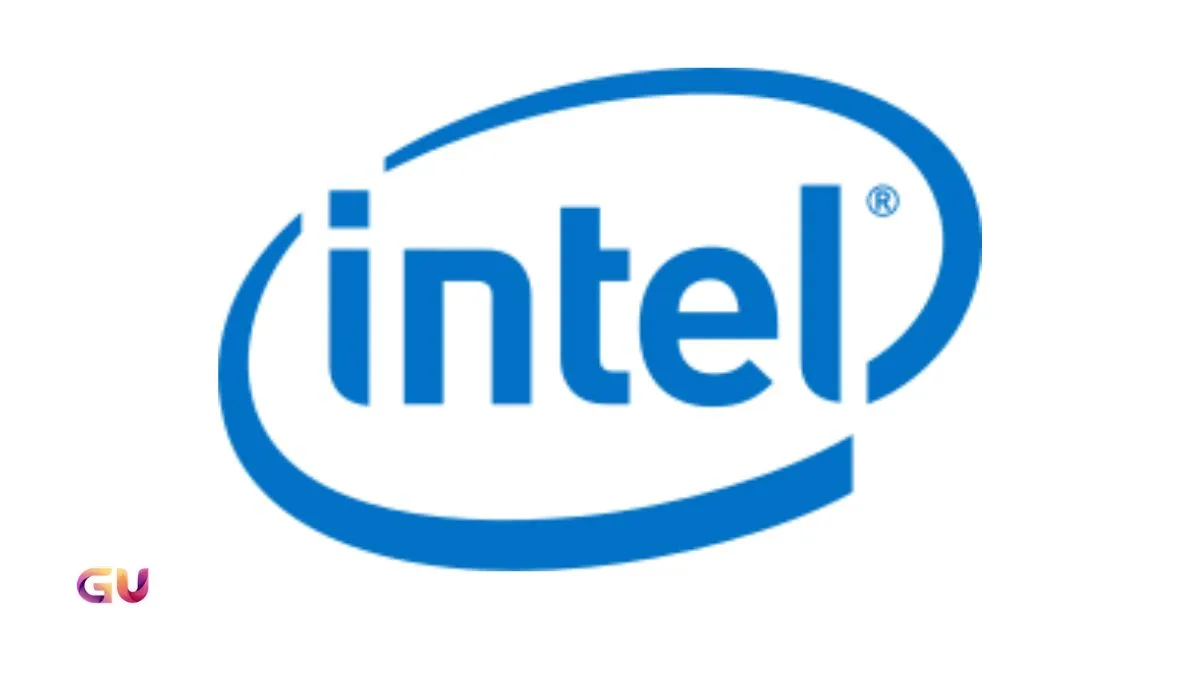New York, 12 June: Intel Corporation (NASDAQ: INTC) closed Thursday’s session at $20.52, down 0.80%, as bearish pressure resurfaced following a failed breakout attempt earlier this week. Despite briefly touching $22, the stock was swiftly rejected at key technical resistance, reigniting concerns about both short-term momentum and long-term performance.
The breakdown below the critical $21 level reflects ongoing volatility for the semiconductor giant. Traders had hoped a move above the 100- and 200-day exponential moving averages would spark sustained upside, but the rally quickly lost steam, falling back into a support zone between $20.30 and $20.60.
Technical Picture Turns Bearish Again
On the technical front, multiple indicators now point to fading bullish momentum. The MACD has flipped negative on the 30-minute chart, while the RSI has dipped into the mid-40s, signaling growing caution among short-term traders. Bollinger Bands, which had expanded during the rally, are now contracting — a sign of reduced volatility and indecision in the market.
If Intel fails to hold above $20.30, the next downside targets could lie around $19.40 to $19.60, with potential support near $19. Analysts suggest that a close back above $21.96 would be needed to shift sentiment back in favor of buyers.
Long-Term Performance Still Underwhelms
Beyond technical weakness, Intel continues to face long-term headwinds. The stock has lost 8.21% over the past month and is down 34.76% over the past year. Its five-year decline of nearly 66% stands in stark contrast to the broader semiconductor rally led by competitors like Nvidia and AMD.
These figures reflect deeper structural challenges, including delays in transitioning to advanced manufacturing nodes and intensifying competition in core segments such as PCs, servers, and AI accelerators.
Despite these recent declines, Intel retains a historic edge with an all-time return of over 50,000%, a legacy built on decades of innovation. But for current investors, the focus is squarely on whether the company’s ongoing turnaround strategy can deliver meaningful results — and soon.
